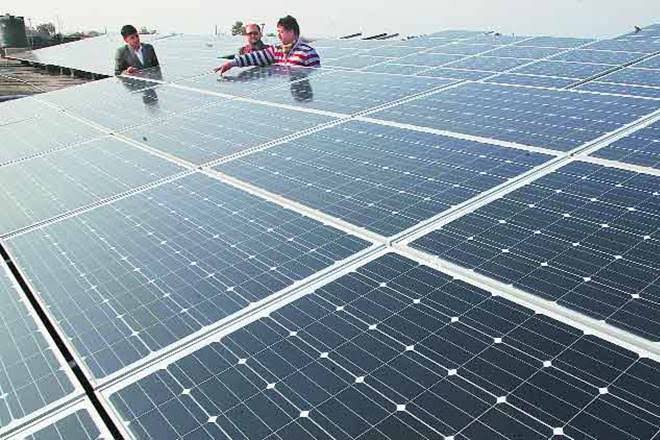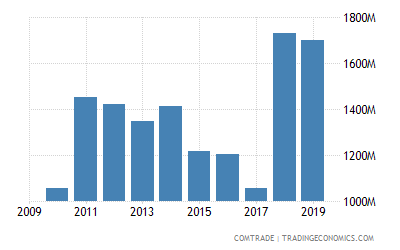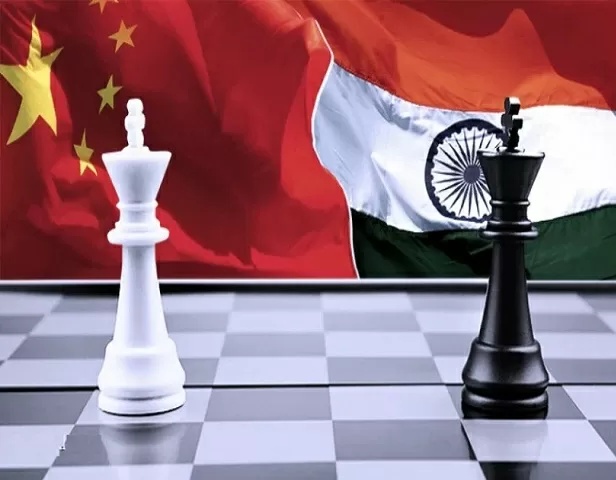China has seen exponential growth over the past few decades soon becoming the second-best economy in the world with the fastest-growing economy. China’s development in fields of technology, resources adding up the labour has made it to evolve as the manufacturing and exporting hub of the world.
China is referred to as the “world’s factory” owning to it’s low price production of goods and trade relationships with many countries. China is the largest trading partner of India surpassing the United Arab Emirates, while India stands at rank 11th in the list of the largest trading partners of China with exports being of 68 billion compared to the low import rates that being only 13 billion as of 2017.
With the India-China border disputes and many countries blaming china for hiding information about the proliferation of the Coronavirus, the anti-china sentiment has begun once again.
Prime Minister Modi asked Indians to go “Vocal for Local’ becoming an atamnirbhar or Self-reliant country. Social media users are already asking people to ban Chinese products from fully going for Indian products.
A few days ago, Google has removed the “Remove China app” from google play store as it violated more than one guideline. That being done the question is – is it really possible for India to boycott Chinese products?
India China Bilateral Trade-
China is India’s largest trading partner. 2011-12, the Indian exports to China had risen to $18.3 billion with the imports being $57.6 billion. 2017-18, the imports increased to $76.4 billion with export falling to $13.3 billion. Hence, the trade deficits have seen an increment.
India imports approximately seven times more from China than it exports. If India decides to boycott Chinese products, finding a substitute matching the quality and rate corresponding to it will be nearly impossible. The GDP will also be affected largely by this move.
India’s imports from China constitute around 3% of the total exports. Banning the goods will not monetarily harm China much.
India and China both are a member of the World Trade Organization according to which no two member states can cease the imports from any country completely even if they have no diplomatic, regional, and trade relations.
Furthermore, China manufactures relatively cheaper products because of low wage labourers. It is geographically stronger with abundant resources and the technology is far more advanced than India. India cannot do the identical because of the lack of technology and sources for which we have to rely on other countries. The imports result in higher prices of the good which creates a predicament for the consumers.
Comparatively, India too has low wage workers but this makes the labourers reluctant to work efficiently. On the other hand, China increases the wage by 15% every year.
With the launching of Make in India campaign, many Chinese firms have established their units in India dispensing jobs to thousands of people. Any step towards the boycotting of products may lead to the Chinese government demanding the firms for the withdrawal of these units. Thus, leaving thousands of people unemployed which will affix with the prior high unemployment rate.
Mineral Imports-
India exports 36% of its diamonds to China. India Imported articles of iron or steel were US$1.7 Billion during 2019 from China, according to the United Nations COMTRADE database on international trade.
The raw materials like steel and iron are imported from China every year. Even if India manages to boycott finished goods, it is infeasible to stop the import of minerals. However, India can switch to other countries to meet its demands. This will result in India hampering its own economic development by neglecting cheaper goods.
Mobile Phones and Gadgets-

India today
The Indian handset market is predominated by Xiaomi, Realme, Oppo, Vivo, Oneplus, etc, all being the Chinese brands. According to data from IDC, four of the top five smartphone brands in India are from China—Xiaomi, Vivo, Oppo, and Transsion hold the 1st, 3rd, 4th and 5th positions, respectively. The former three and Realme holds 60% of the smartphone market in India.
The majority of the Indian customers have a budget in the range of 10k-20k. Barring Chinese mobile phones will leave us with very few choices that being Samsung, Nokia, and Panasonic, most of which don’t fulfill the customer’s requirements.
As mentioned above, Chinese mobiles are able to meet the consumer’s demand at low prices.
Power Imports-
India imported solar cells and modules worth USD 1,179.89 million from China in the first nine months — between April and December — of the current financial year (2019-20), union minister of new and renewable energy RK Singh has said.

In FY17, FY18, and FY19 India’s solar imports from China stood at USD 2,817.34 million, USD 3,418.96 million, and USD 1,694.04 million respectively.
Singh said that the solar panels and modules manufactured in China are cheaper than domestic ones.
China has left the Indian electronic industry behind in terms of providing cheaper electronic items.
Imports of Other Items-
India Imports from China of Antibiotics was US$1.08 Billion during 2019. 80% of the antibiotic import is fulfilled by China.

Moving further, the toy industry of china has left far behind any industry in terms of cheap production and price. Last year only 20% of the Indian toy market is captured by the Indian companies while the rest of the 80% market is captured by the Chinese and Italian companies.

Everything we use whether it is mobile phones, cars, fertilizers, bottles, air conditioners, iron tubes, etc, is manufactured or has some part in them produced in China.
Boycotting Chinese products will harm our economy more than that of the counterpart. The cheap products used in India are manufactured in China or even if they are produced here, the machinery is often imported from China. The Chinese firms and apps have provided legal income to thousands of Indians, TikTok being one of them.
With industrial globalization, each country is interconnected in trade affairs and it is not feasible for one of them to completely restrict the products imported from that country. Moreover, the Indian economy is already in grave danger, and taking any steps which damage our economy, even more, will result in being non-beneficial for our country. Hence, to tweet with #banchineseproducts is much easier than cutting the fastened economies of two countries with both or one of them being largely reliant on the other.
[zombify_post]









